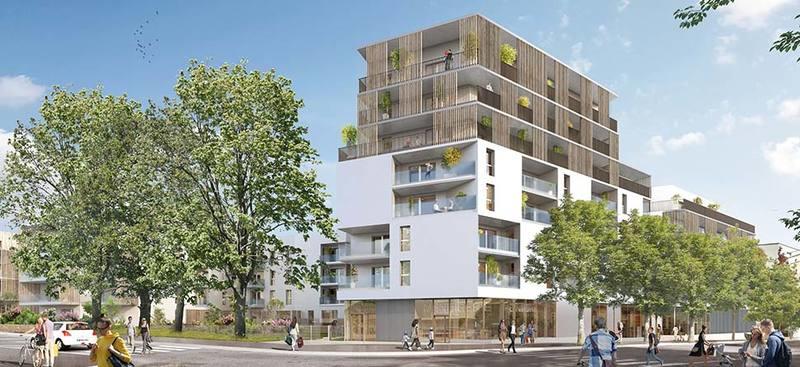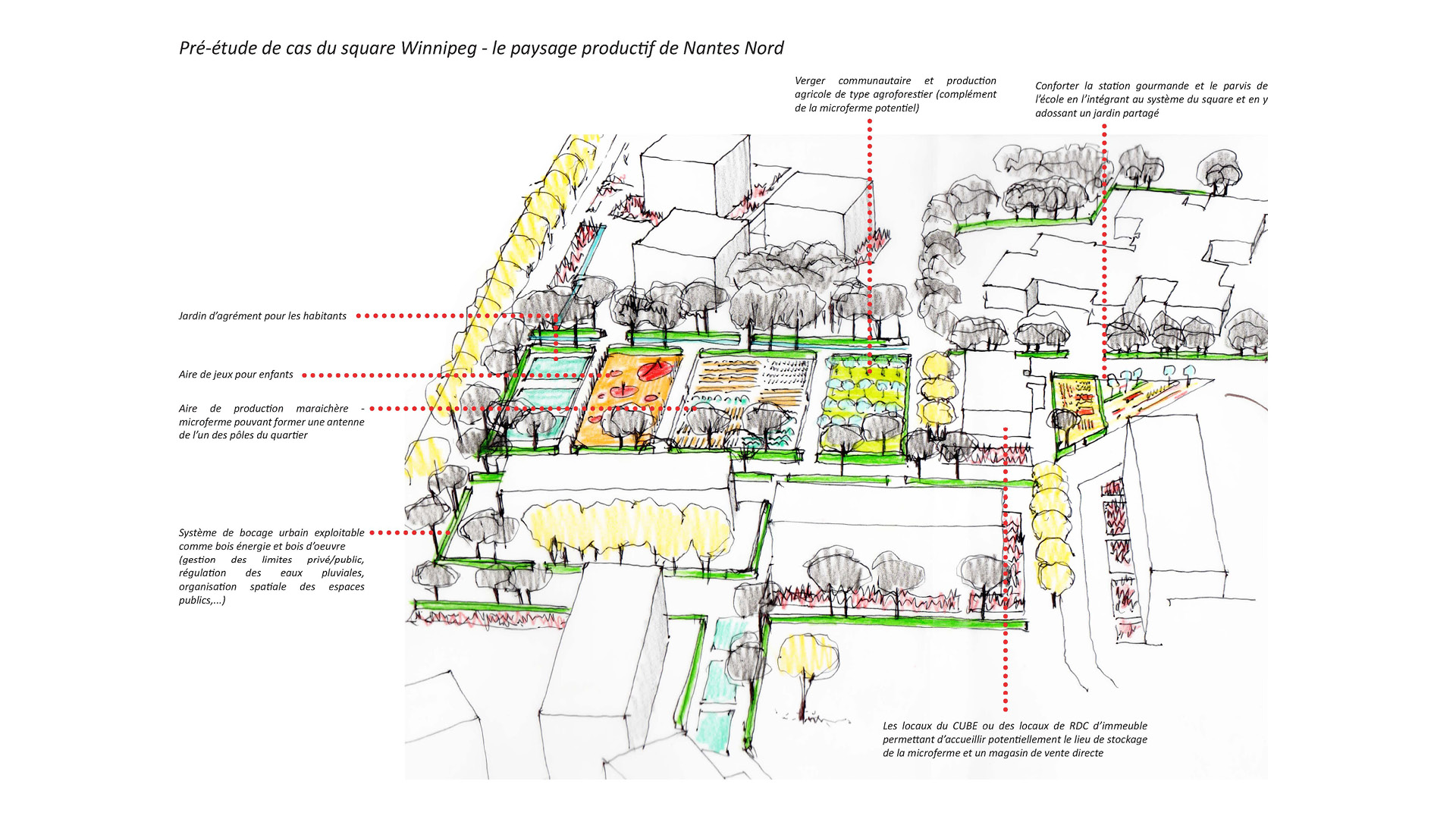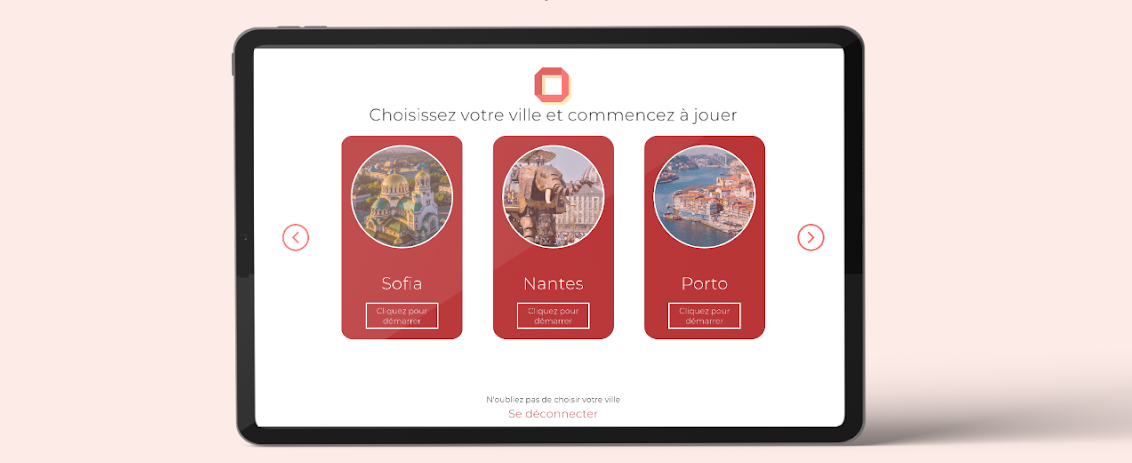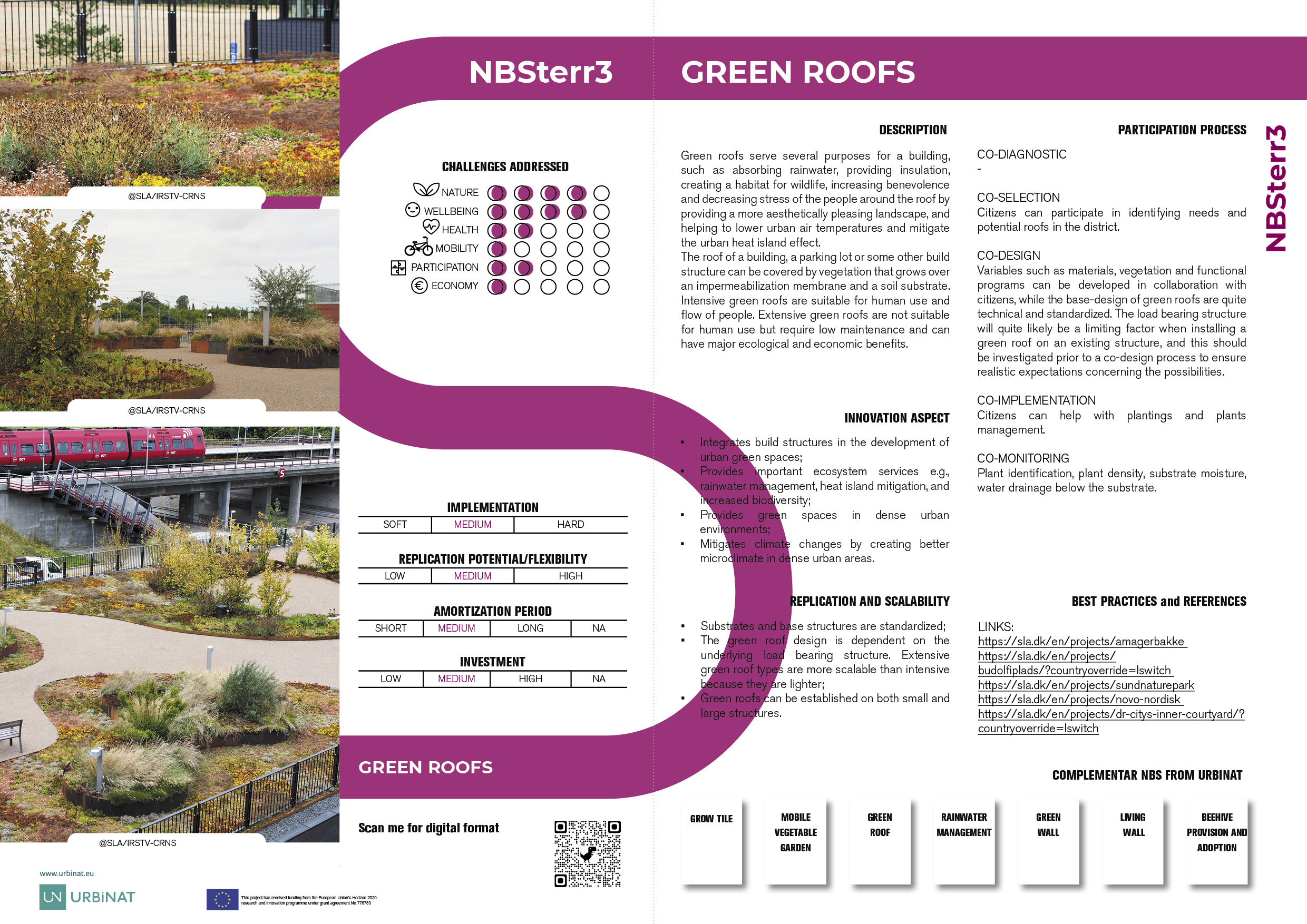Nantes Nord, to the north west of Nantes, is one of the greenest districts of the city of Nantes, with nearly 62 m² of green space per inhabitant. From the Hippodrome in the south to the Arboretum in the north by way of the the park of the « Amande » (Almond), there is no shortage of greenery. The presence of the rivers Erdre and the Cens adds to the overall environmental quality of the neighbourhood. Yet, for the most part, the abundance of green spaces in Nantes Nord are little known or used by local inhabitants.
As part of the URBiBAT project, the city of Nantes plans to co-design a green loop with the expertise of its inhabitants. This green loop will be the backbone for the implementation of nature-based solutions, linking the social housing district to the more middle class pavilion area, creating a Healthy Corridor linking the different green spaces of the district.
In May 2019, URBiNAT and the green loop project were introduced to the citizens during the Nantes Nord Sping Project that takes place annually. The URBiNAT project was presented by Nantes’ local scientific partner IRSTV during the public meeting with the elected representatives of the district while technical staff of the municipality presented the green loop project during a public forum.
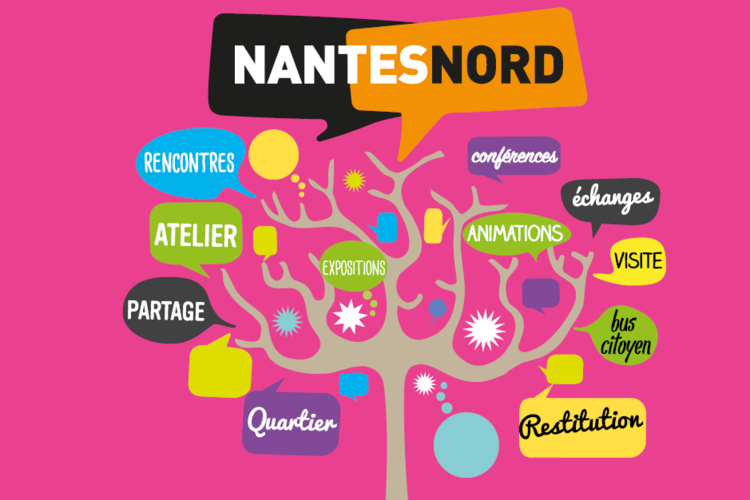
The green loop project – goals & developments
In November 2019, a municipal seminar gathered together municipality staff and stakeholders of different districts of the city around the question of health. The project of the green loop was presented in a workshop. The results made it possible to specify the goals and the methodology to use to engage the citizens.
Defining the objectives of the green loop that should answer the major challenges of the district (tackling obesity, social isolation, active mobility to be promoted …). A Local Diagnostic report was conducted to specify the profile of the inhabitants to engage in the participation process.
Physical activity being a major determinant of health (in its overall physical, mental, social/environmental approach) and walking being a daily activity to be promoted, the main goal of the green loop is to improve the health of the inhabitants.
Expectations may also exist for a more “sport-oriented” approach (healthy pathway?), especially for young people. The city also hopes to emphasise cultural dimensions, by making the loop pass through places linked to the history of the district, also highlighting the geography, fauna and flora. The loops may also have a social rôle, by bringing people together or by encouraging meetings and sharing (barbecues, productive gardens, gourmet stations, etc.).
Engage ALL inhabitants in participatory processes
Together with the stakeholders and the municipality staff, it was decided to focus on engaging more young people, children and the elderly. The first workshop will be dedicated to the stakeholders helping to mobilze the citizens for the second workshop. Schools directors or teachers, nursemaids, associations working with teenagers, staff from retirement home… will help in finding the right methodology for a citizen workshop.
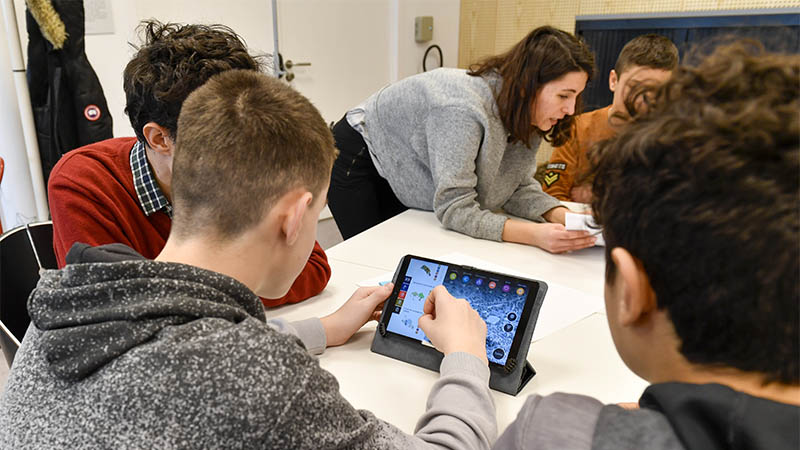
In February 2020, a workshop was held to test the SuperBarrio app developed by the Institute of Advanced Architecture (IAAC), Barcelona, as part of the URBiNAT project. The objective was to test and develop a new tool to involve new profile of inhabitants. In that way, the Superbarrio workshop was an opportunity to familiarize teenagers with the project and engage them in the next steps.
Complementary studies
In parallel, two studies based on protocols developed within URBiNAT completed the knowledge on the uses of public open (green) spaces and well-being /quality of life perceptions by the inhabitants in Nantes Nord. A behavioural mapping took place in January. Its objective was to investigate the limited use of certain green spaces in the district, by assessing the number of visitors, making an inventory of their activities (children playing, single people walking with their dog, etc.). A survey on well-being and quality of life was conducted by phone in December. 400 people were interviewed on their perception of the neighbourhood environment, their physical and social activities, their psychological well-being and their perceived state of health. The analysis of these data is currently still ongoing.
These studies are also laying the basis for assessing the impact of the NBS at the end of the project on the parks attendance.


